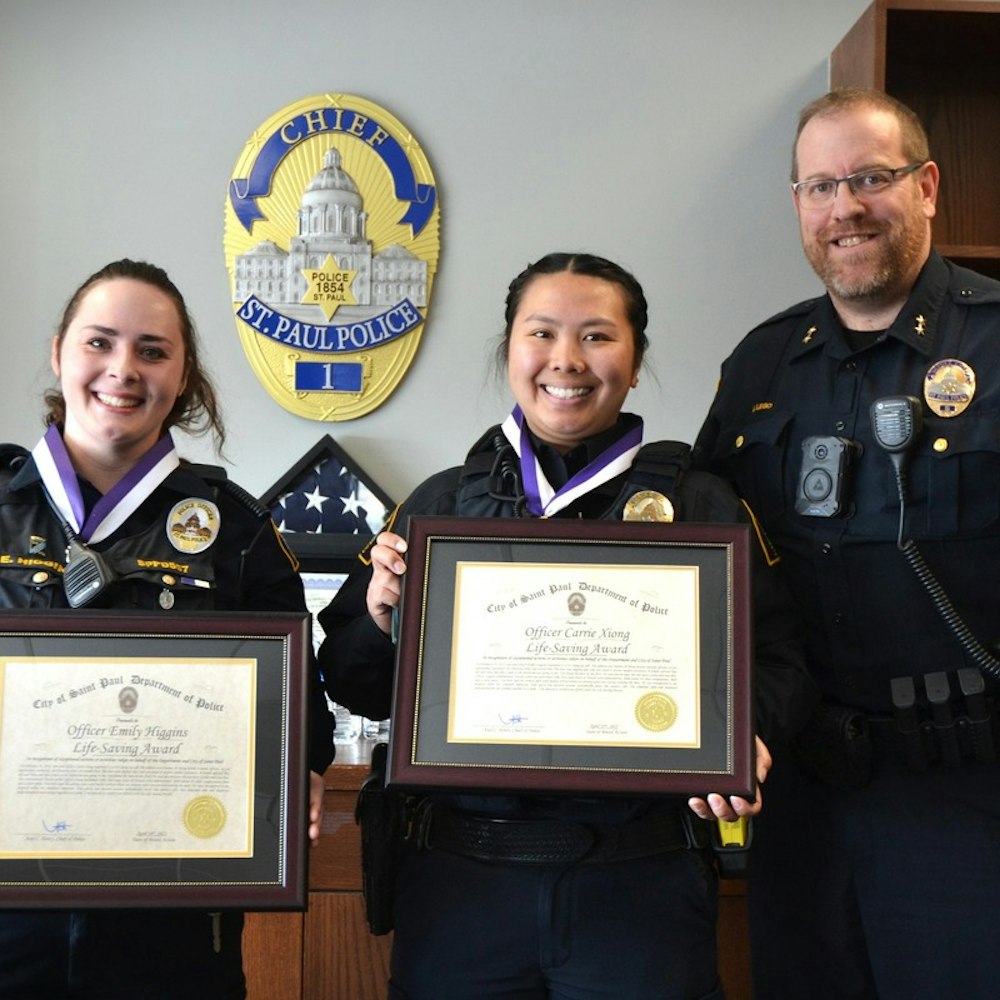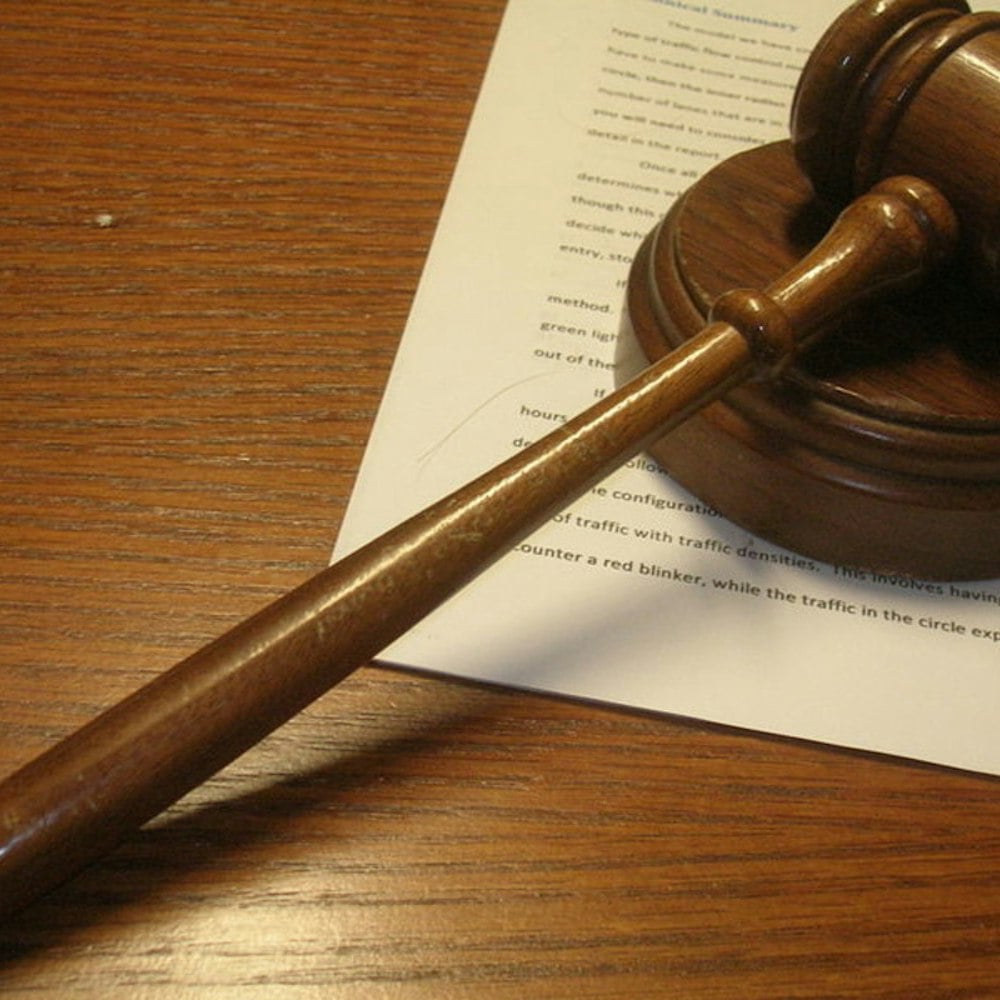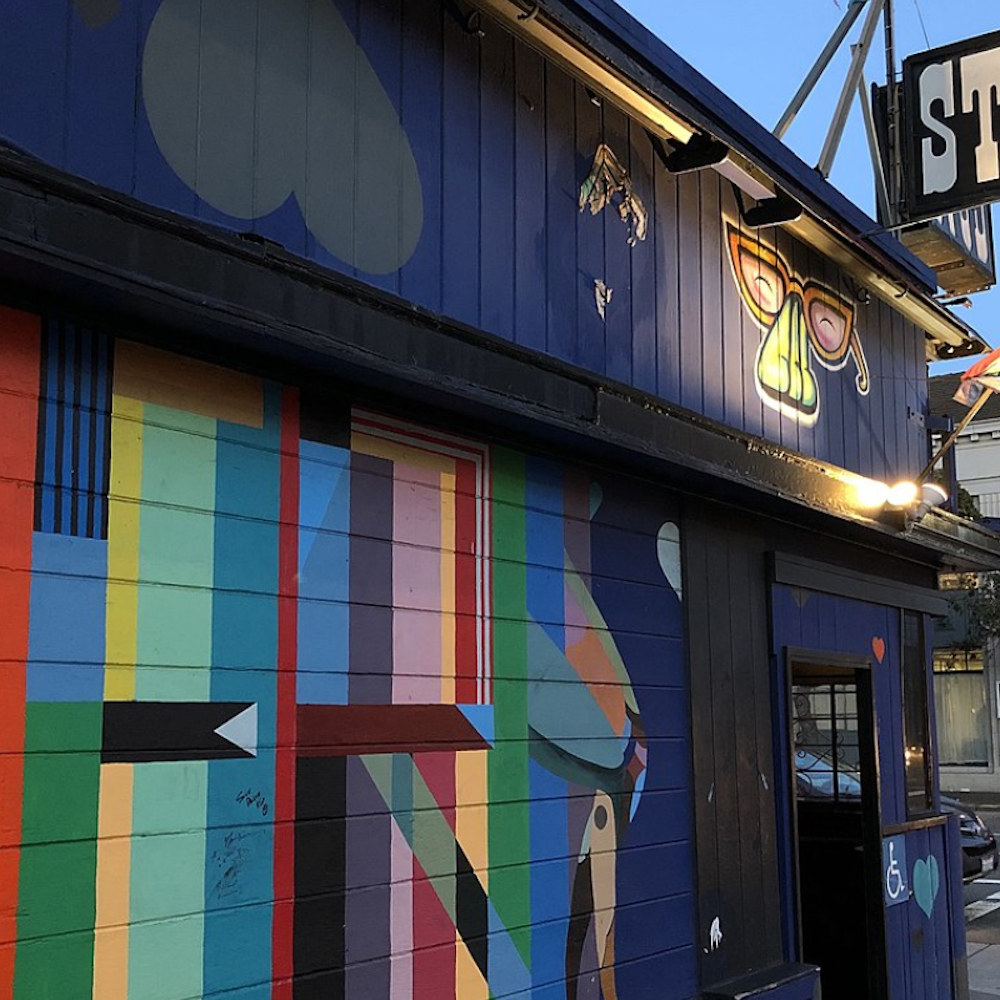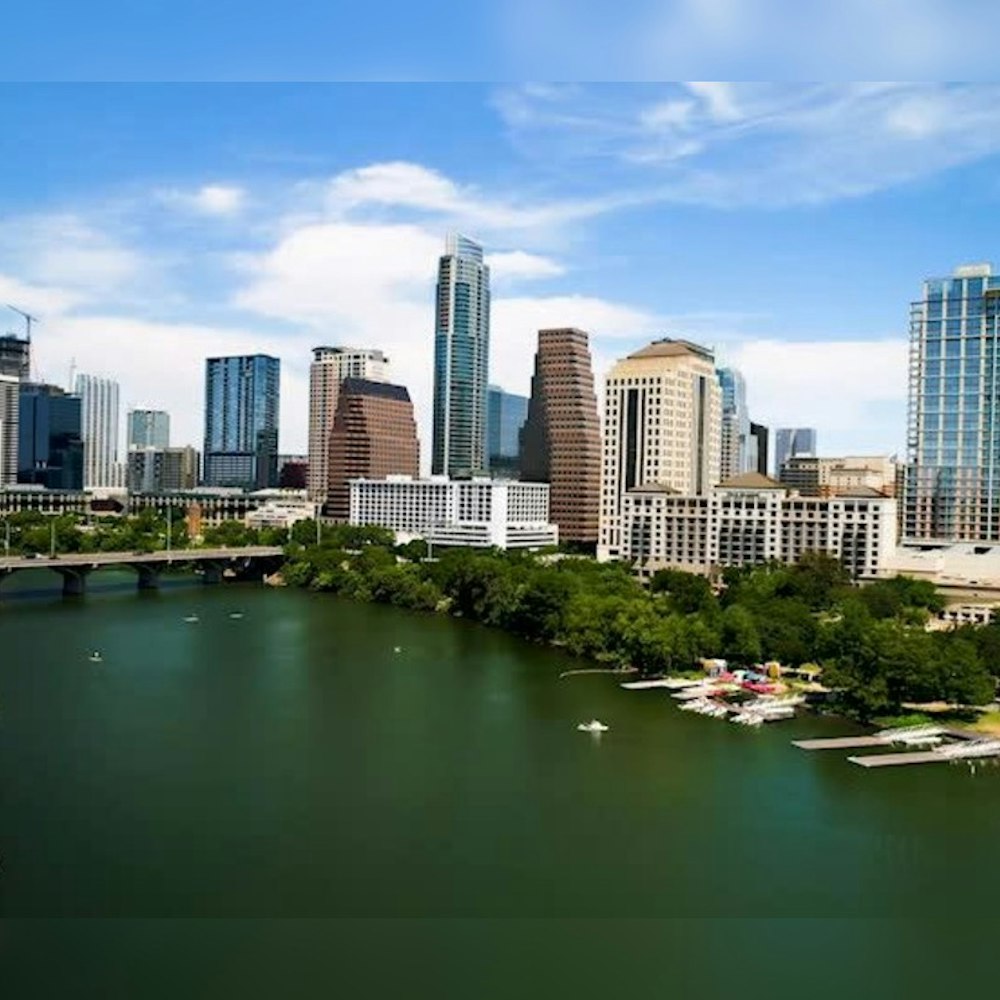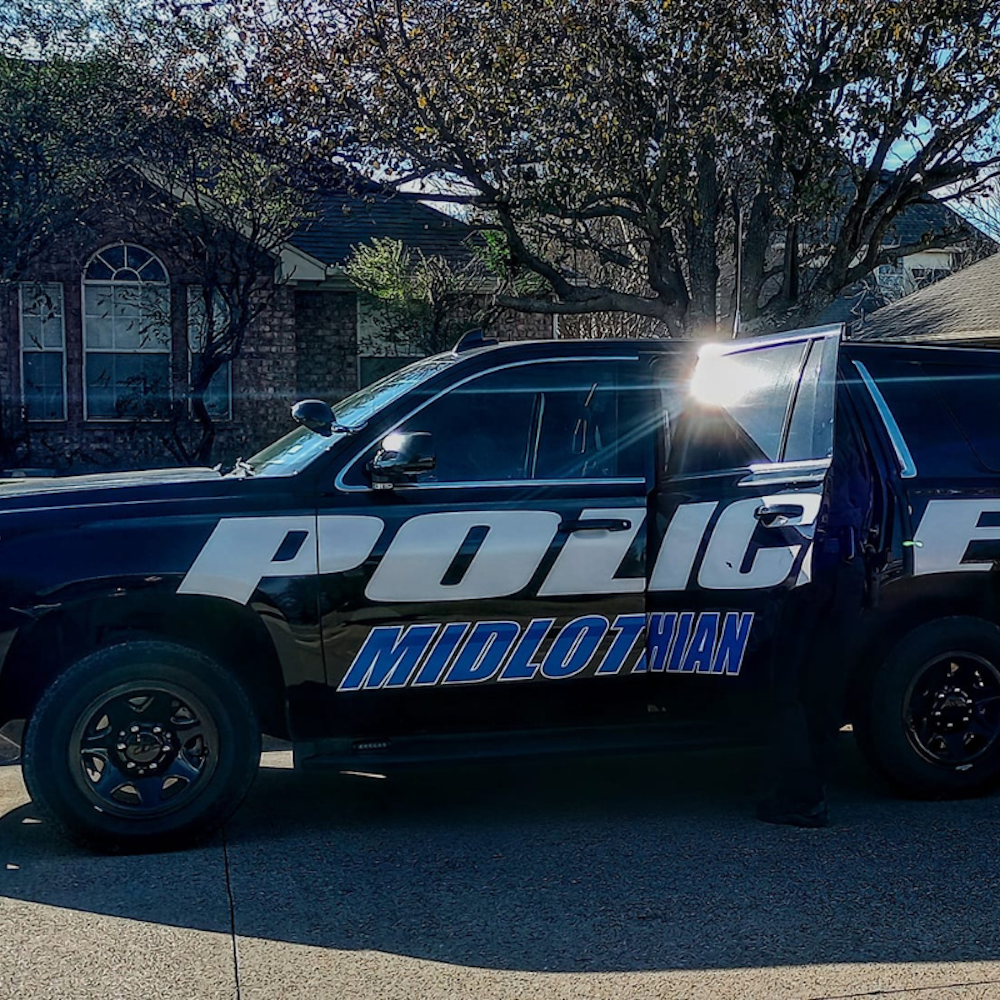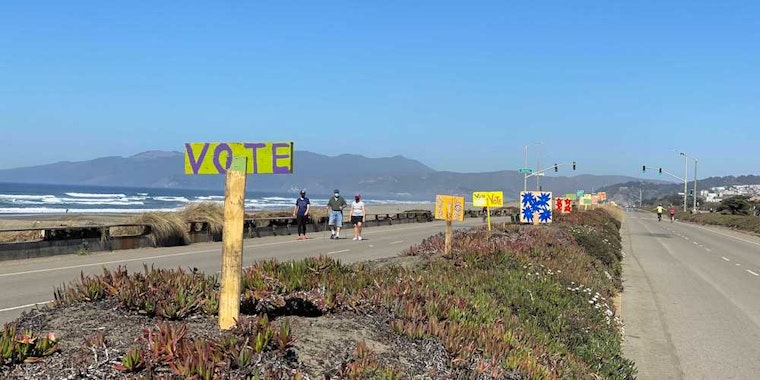
A majority of respondents to a recent survey by the San Francisco County Transportation Authority say they think the Upper Great Highway along Ocean Beach ought to remain closed to vehicle traffic post-pandemic. 53 percent of residents, many of them living in the Sunset District, said the four-lane stretch between Sloat Boulevard and Lincoln Way should remain the pedestrian and bicycle promenade that it has been for the past year.
As the Examiner reports, the SFCTA survey had nearly 4,000 responses, and it presented multiple options for the Upper Great Highway — including returning to its pre-pandemic, open-traffic state, and some hybrid of the two scenarios where the road goes car-free only at certain times of the week. 21 percent of respondents were in favor of reopening the road to car traffic, and the remaining 26 percent were split between different scenarios.
Keeping the Upper Great Highway closed would have traffic and transit impacts in other parts of the nearby neighborhoods, as a District 4 Mobility study found. There could be "severe congestion" as a result on other nearby roads, according to the study, as traffic gets diverted through the Sunset to connect the northern and southern ends of the neighborhood. And keeping the Upper Great Highway closed could also impact the efficiency and speed of the 29-Sunset, 28-19th Avenue, and 18-46th Avenue Muni bus routes, the study found.
Permanently closing the roadway to cars will cost the city $5.6 million in capital costs, and $1.6 million in maintenance and operations — but this doesn't include measures that would likely be required to re-time lights on neighboring streets and mitigate the resultant traffic.
Some of these measures have already been taken in a temporary fashion, as the Examiner reported last month. District 4 Supervisor Gordon Mar worked with the SFMTA to install 24 new speed cushions, 12 new all-way stop signs, and more in order to address residents' concerns about new traffic and unsafe speeds on nearby streets as a result of the Great Highway closure.
The Upper Great Highway closed last spring as much of the city entered its first shelter-in-place order, and as multiple other "Slow Streets" were created around the city to allow people ample space to get outdoors in a socially distanced manner. As Sunset resident Fiona Lee wrote on SFGate last fall, the wide, oceanside boulevard quickly turned into "the Westside’s version of the Embarcadero," only with better sunsets and a lot more room for joggers and bikes.
"It’s become one of our few 'third places,' neither work nor home, left to us now as nearly everything else — restaurants, malls, churches, movie theatres, retail shops, coffee shops and much, much more — closed in the wake of COVID-19," Lee said.
According to SFMTA data, around 4,000 San Franciscans use the Upper Great Highway each weekday for exercise or leisure activities, with another 12,000 more each weekend.
The portion of the Great Highway that extends along the western edge of Golden Gate Park and past the Richmond District up to the Cliff House has remained open to car traffic, and allows cars access to the Ocean Beach parking lots, the Beach Chalet, and more.
Next steps for any permanent closure plan will be the presentation of the SFCTA's survey findings to the SFMTA and the Rec & Park Commission, and any final decision on the matter will have to go to the Board of Supervisors. If you want to help lobby on behalf of the permanent closure, you can sign up with the SF Bicycle Coalition.



